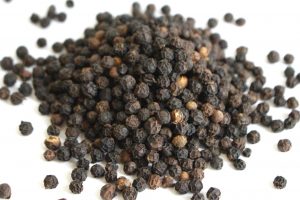I was talking to an emergency room doc for a few hours a couple of Saturdays ago – about two of those hours involved him stitching up my sliced ear from another fall – and he told me his hobbies were macro may and needlework.
 I told him it’s good to be good at what you do.
I told him it’s good to be good at what you do.
The association between mention of scientific research in popular media (e.g., the mainstream media or social media platforms) and scientific impact (e.g., citations) has yet to be fully explored. The purpose of this study was to clarify this relationship, while accounting for some other factors that likely influence scientific impact (e.g., the reputations of the scientists conducting the research and academic journal in which the research was published). To accomplish this purpose, approximately 800 peer-reviewed articles describing original research were evaluated for scientific impact, popular media attention, and reputations of the scientists/authors and publication venue. A structural equation model was produced describing the relationship between non-scientific impact (popular media) and scientific impact (citations), while accounting for author/scientist and journal reputation.
The resulting model revealed a strong association between the amount of popular media attention given to a scientific research project and corresponding publication and the number of times that publication is cited in peer-reviewed scientific literature. These results indicate that (1) peer-reviewed scientific publications receiving more attention in non-scientific media are more likely to be cited than scientific publications receiving less popular media attention, and (2) the non-scientific media is associated with the scientific agenda.
These results may inform scientists who increasingly use popular media to inform the general public and scientists concerning their scientific work. These results might also inform administrators of higher education and research funding mechanisms, who base decisions partly on scientific impact.
A case study exploring associations between popular media attention of scientific research and scientific citations, 01 July 2020
PLOS One
Sage Anderson, Aubrey R. Odom, Hunter M. Gray, Jordan B. Jones, William F. Christensen, Todd Hollingshead, Joseph G. Hadfield, Alyssa Evans-Pickett, Megan Frost, Christopher Wilson, Lance E. Davidson, Matthew K. Seeley
https://doi.org/10.1371/journal.pone.0234912
https://journals.plos.org/plosone/article?id=10.1371/journal.pone.0234912









